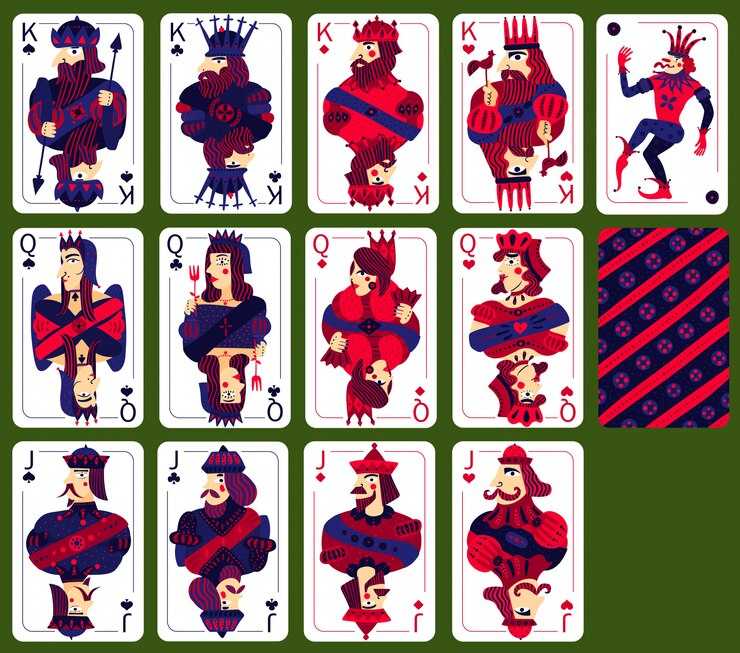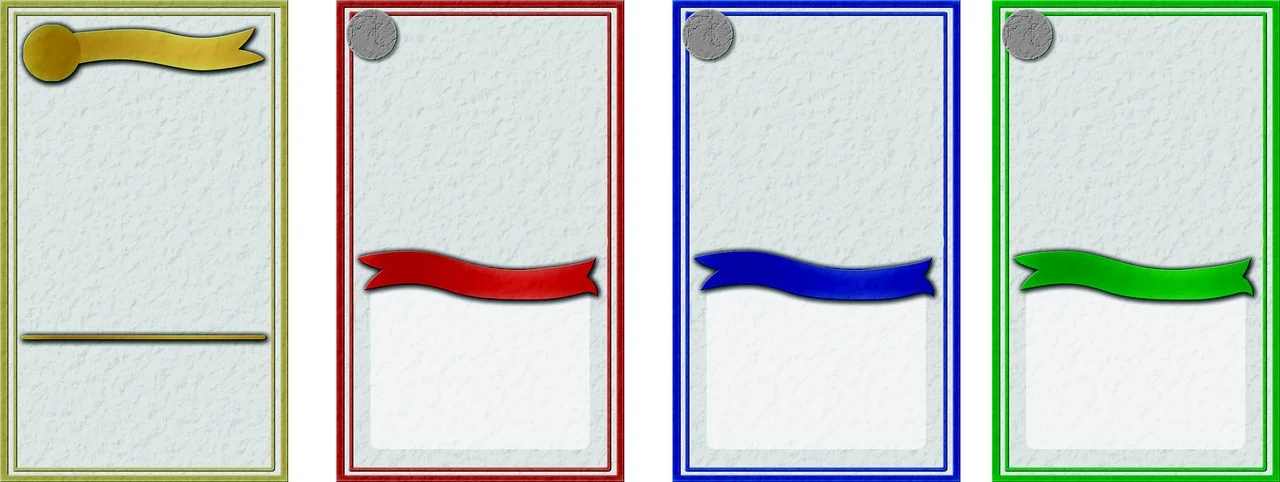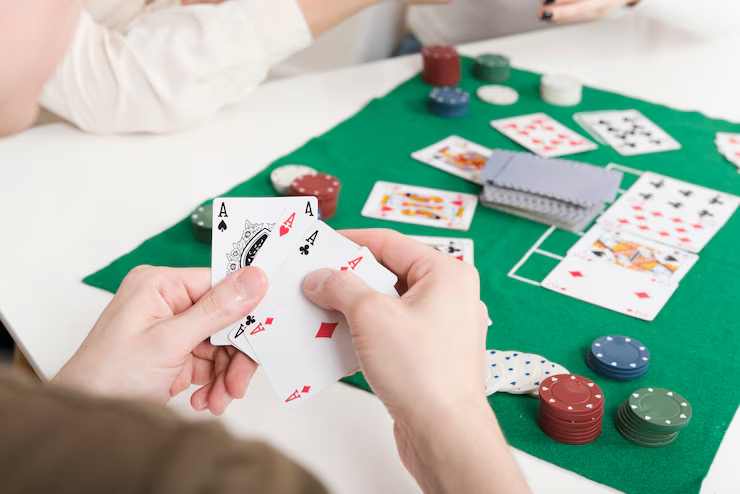Are you ready to dive into one of the most exciting card games out there? The 21 card game, also known as Blackjack, has captivated players in casinos and homes alike for decades! Did you know that over 90% of players prefer it for its perfect blend of strategy and chance? Whether you’re playing at a casino or with friends, mastering the rules and strategies can give you an edge. In this guide, we’ll break down everything you need to know about playing 21 card game, from basic rules to advanced strategies!
Understanding the Basics of 21 Card Game
Objective of the Game
The main objective of the 21 card game is to achieve a hand value of 21 or as close to it as possible without exceeding it. If your hand exceeds 21, it’s called a “bust,” and you automatically lose the round. The goal is not only to beat your own hand but also to beat the dealer’s hand.
Card Values
Understanding card values is crucial in 21:
- Number Cards (2-10): Worth their face value.
- Face Cards (King, Queen, Jack): Each worth 10 points.
- Aces: Can be worth either 1 or 11 points, depending on which value benefits your hand more.
For example, if you have an Ace and a 9, you can count it as either 10 or 20. If you draw another card, and it’s a 3, your total could be either 13 or 23.
Game Setup
Before you start, ensure you have:
- A standard 52-card deck (some games may use multiple decks).
- A table with enough space for players.
- Chips for betting, if playing for stakes.
The game is played between one or more players and a dealer. The dealer is usually a representative of the casino or the designated player in a home game.
Rules of the 21 Card Game
Dealing the Cards
- Initial Deal: Each player is dealt two cards, typically face up. The dealer also receives two cards, one face up (the “upcard”) and one face down (the “hole card”).
- Identifying Blackjack: If a player is dealt an Ace and a 10-point card (10, Jack, Queen, or King), they have a “Blackjack,” which usually beats any other hand unless the dealer also has a Blackjack.
Player Actions
Once the cards are dealt, players take turns deciding their actions. Here are the main options:
- Hit: Request another card from the dealer. Players can continue to hit as many times as they like until they either stand or bust.
- Stand: Keep your current hand and end your turn.
- Double Down: Double your original bet and receive only one additional card. This option is often allowed after the initial deal.
- Split: If you have two cards of the same value, you can split them into two separate hands, placing an additional bet equal to your original wager for the second hand.
Winning the Game
A player wins by:
- Having a higher hand value than the dealer without busting.
- The dealer busting (going over 21).
- Hitting a Blackjack (unless the dealer also has one).

Strategies to Improve Your 21 Card Game
Understanding and implementing strategies can significantly improve your chances of winning at 21.
Basic Strategy Chart
A basic strategy chart helps players determine the best action based on their hand and the dealer’s upcard. Here are a few key points:
- If your hand totals 8 or less, always hit.
- With a total of 10 or 11, consider doubling down, especially against a dealer’s lower upcard (2-9).
- If you have a soft total (a hand with an Ace counted as 11), you can afford to be more aggressive.
Card Counting
Card counting is a strategy used primarily in casinos to gain an advantage. It involves keeping track of the high and low cards dealt to predict the likelihood of certain cards being dealt next. While it requires practice, here’s a simplified overview:
- Assign Values: Low cards (2-6) count as +1, 10s and face cards as -1, and 7s, 8s, and 9s as 0.
- Keep a Running Count: As cards are dealt, maintain a running count.
- True Count: Divide your running count by the number of decks remaining to get the true count.
- Adjust Bets: Increase your bets when the count is high (more high cards left in the deck).
When to Take Risks
Knowing when to take risks is a critical part of strategy in 21. Here are some guidelines:
- If your hand is strong (17 or higher), consider standing.
- If the dealer shows a weak upcard (2-6), you might want to stand or even double down if you have a strong hand.
- If you’re at a lower total (12-16) against a dealer’s strong upcard (7-Ace), be cautious, as hitting may lead to busting.
Common Mistakes to Avoid 21 Card Game
Even seasoned players can make mistakes. Here are common pitfalls to watch out for:
Ignoring the Dealer’s Upcard
A key part of strategy in 21 is paying attention to the dealer’s upcard. If the dealer has a strong card (7-Ace), be more cautious about your own hand’s strength.
Overvaluing Aces
While Aces are powerful, counting them as 11 can lead to busting if you draw high cards. Assess your hand carefully and adjust the value of the Ace based on the cards you already have.
Failing to Manage Your Bankroll
Proper bankroll management is essential. Set limits for yourself before you start playing. Never bet more than you can afford to lose. A good rule of thumb is to only wager 1-2% of your total bankroll on any single hand.
Playing Variations of 21 Card Game
European Blackjack vs. American Blackjack
There are key differences between these two popular versions of the game:
- Dealer’s Hole Card: In European Blackjack, the dealer does not check for Blackjack until all players have completed their hands, while in American Blackjack, the dealer checks immediately.
- Doubling Down: Some versions have restrictions on doubling down, which can impact your strategy.
Home Rules Variants
When playing with friends, you might want to introduce fun house rules. Common variations include:
- Allowing players to re-split Aces.
- Setting specific limits on doubling down after splitting.
- Allowing “surrender,” where players can forfeit their hand for half their bet.
Online Variants
With the rise of online gaming, you can now play 21 in various formats:
- Live Dealer Games: Engage with real dealers via streaming technology.
- Mobile Apps: Many apps offer a chance to practice your skills against AI or other players.
- Free Play Options: Try free versions to get comfortable with the game before betting real money.
Conclusion
Playing the 21 card game is a thrilling experience filled with strategy and excitement. By mastering the rules, applying effective strategies, and avoiding common mistakes, you’ll be well on your way to becoming a skilled player!
So gather your friends, shuffle the deck, and let the games begin! Don’t forget to share your experiences and strategies in the comments below. Whether you’re playing at home or hitting the casino, the key is to have fun and keep improving your game. Happy playing card game!

